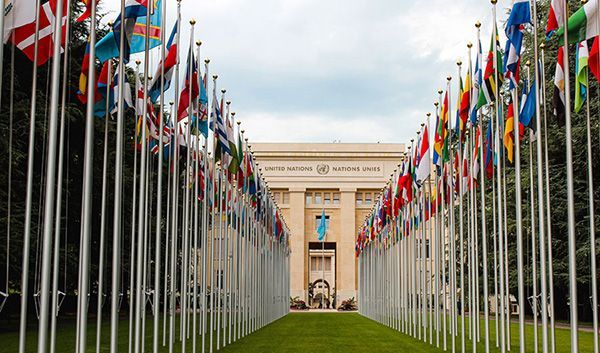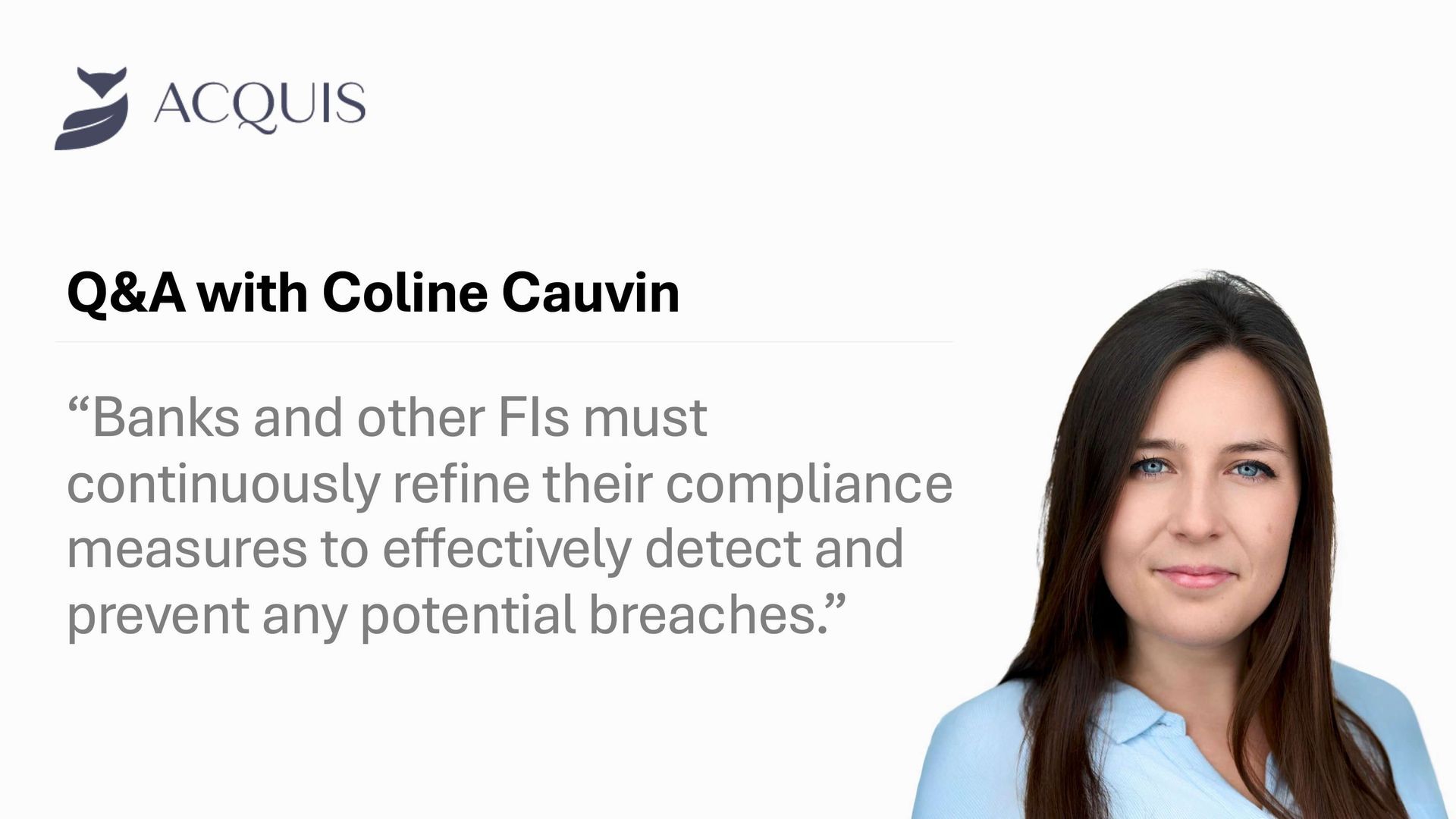Smart and reliable legal services
Unparalled legal solutions for clients around the world
ACQUIS IS A EUROPEAN LAW FIRM OFFERING integrated LEGAL AND government AFFAIRS SERVICES
We provide comprehensive solutions tailored to meet the unique needs of our clients. Led by experienced partners, our international team of lawyers, compliance experts and government affairs specialists is equipped to navigate the complexities of European and International law ensuring effective representation and advocacy.
At ACQUIS, we recognize the importance of integrating legal and government affairs strategies to achieve optimal outcomes. Whether you require expert legal counsel, court representation, government relations expertise, policy advocacy, or stakeholder engagement, we have the knowledge and skills to guide you through the intricate workings of European and International law in order to help you make informed decisions.
Our Services
News & Client Alerts
Looking for Resourceful trusted advisors?
Personalized solutions tailored for unique & Complex needs
Contact us for more information




















